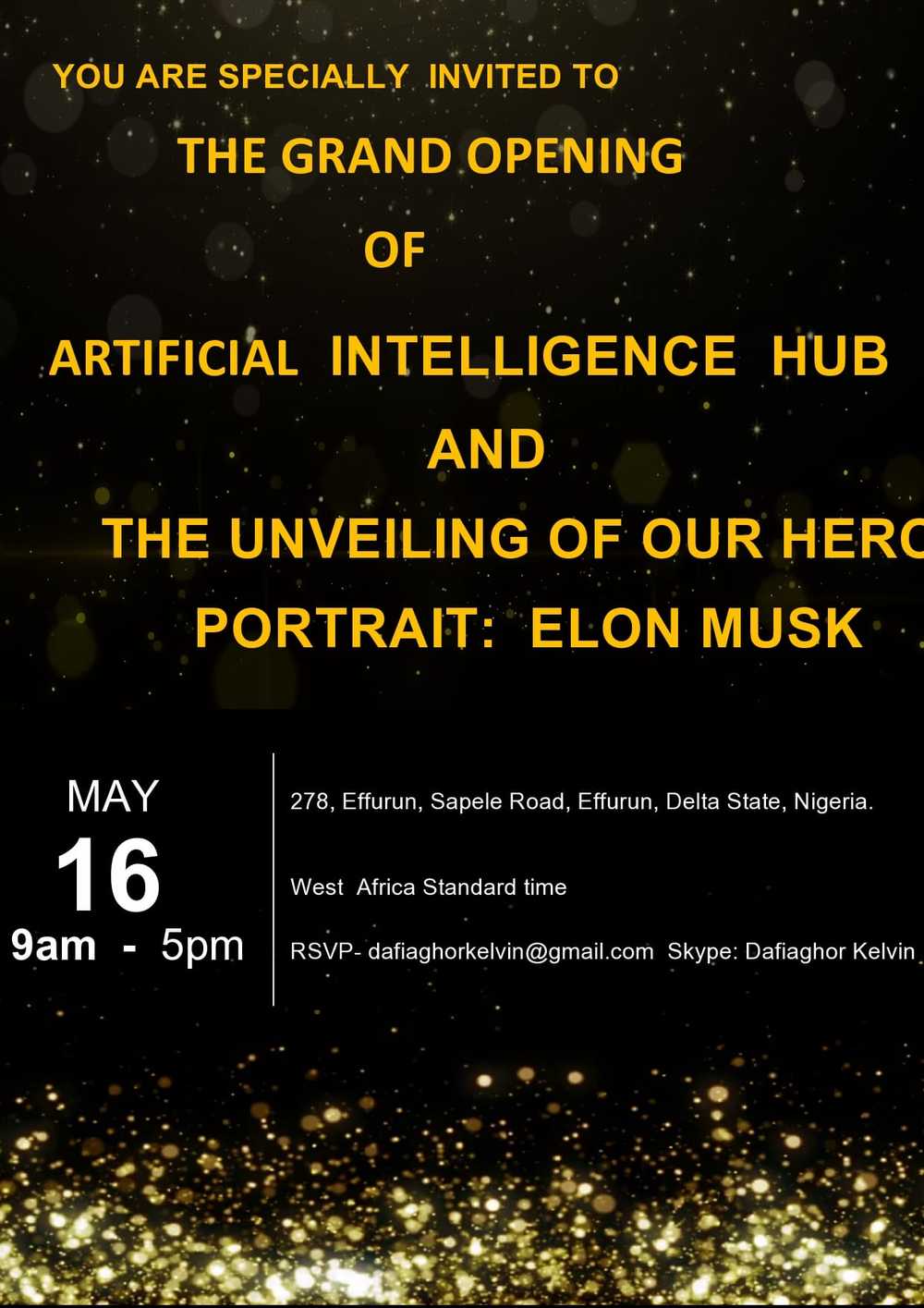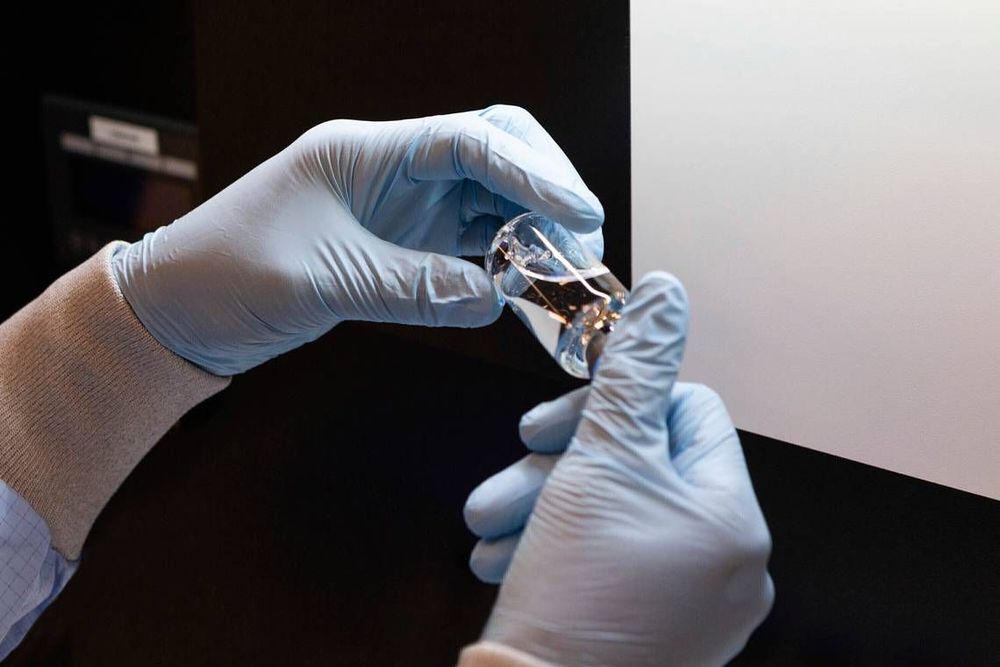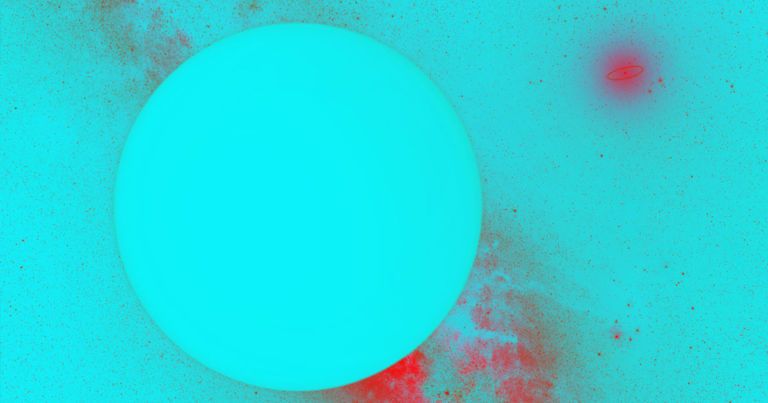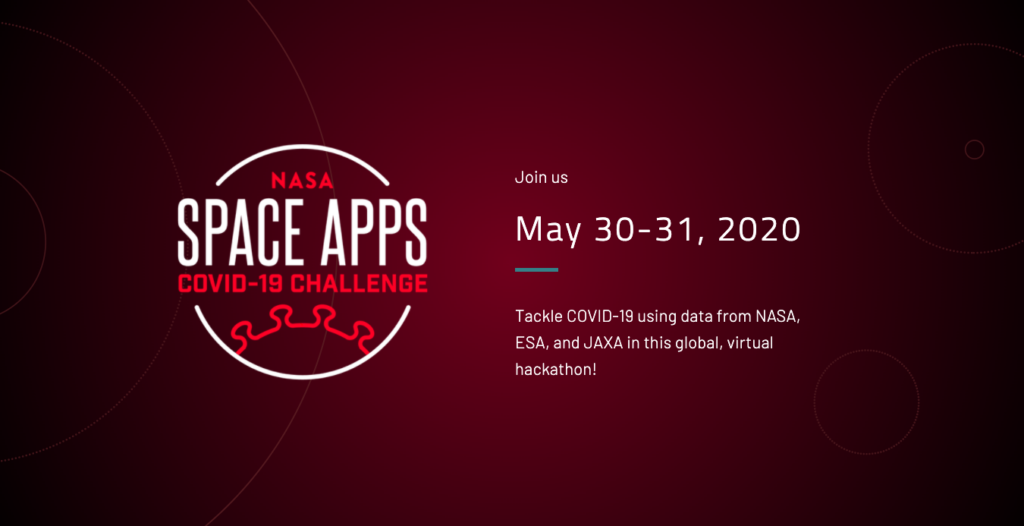Virtual #RegeneronISEF brings together the science and engineering community for a celebration of STEM in a free online event featuring top scientists and influential entrepreneurs. Register today!
Get the latest international news and world events from around the world.


Space Force to get deeper insight into inner workings of SpaceX commercial launches
WASHINGTON — SpaceX on May 6 was awarded an $8.9 million contract modification that gives the U.S. Space Force direct insight into the inner workings of the company’s commercial and civil space missions.
The contract for “non-National Security Space fleet surveillance” gives the Space Force access to SpaceX missions until November.
“This contract provides for non-NSS fleet surveillance efforts across the SpaceX family of launch vehicles for non-NSS missions,” said the contract announcement. The $8.9 million is an addition to an existing $297 million contract awarded to SpaceX in February 2019 for three national security launches.



Stem cell ‘mist’ cured COVID-19 patients in the Middle East, doctors say. Here’s how
Stem Cell Neurotherapy, which has achieved successful results with Parkinson’s, Essential Tremor, and Brain Tumor, can generate new cells and tissues in the lungs, liver, kidney, etc., to replace those cells and tissues that have been infected by COVID-19. This will improve the lung microenvironment, protect lung alveoli epithelial cells, and restore healthy functioning lungs.
These new cells will eliminate the fever, coughing, headaches, breathing problems, and other symptoms related to COVID-19.
At the 9:03 minute mark on the Stem Cell Neurotherapy recording, you will hear the therapeutic message:
“Your stem cells are going to transform themselves into new lung, liver, kidney, and other cells to replace those cells that have been infected by the Coronavirus. This will eliminate the inflammation, fever, breathing difficulties, coughing, and other symptoms caused by the virus.
Your body is going to produce healing hormones, messenger molecules, and proteins which will transform the stem cells into mature, well-functioning connections and tissues. These new cells and tissues are going to replace those cells and tissues that have been infected by the virus.
Your stem cells are going to transform themselves into T-Cells, B-Cells, and Natural Killer Cells, which will seek out, identify, attack, and destroy all the Coronavirus cells in your entire body.”


China launches new rocket into space as it steps up Moon landing plans
China plans to send an astronaut to the Moon in about a decade and then build a base there. Its lunar rover on the far side has driven about 450 metres so far.
The next big mission for Beijing is to land a probe on Mars, with liftoff expected this year.
Space agency tests new design that is billed to replace current Shenzhou module, a copy of Russia’s Soyuz.

NASA, partners launch virtual hackathon to develop COVID-19 solutions
The U.S. space agency National Aeronautics Space Administration (NASA), European Space Agency (ESA), and Japan Aerospace Exploration Agency (JAXA) are inviting coders, entrepreneurs, scientists, designers, storytellers, makers, builders, artists, and technologists to participate in a virtual hackathon May 30–31 dedicated to putting open data to work in developing solutions to issues related to the COVID-19 pandemic.
During the global Space Apps COVID-19 Challenge, participants from around the world will create virtual teams that – during a 48-hour period – will use Earth observation data to propose solutions to COVID-19-related challenges ranging from studying the coronavirus that causes COVID-19 and its spread to the impact the disease is having on the Earth system. Registration for this challenge opens in mid-May.
“There’s a tremendous need for our collective ingenuity right now,” said Thomas Zurbuchen, associate administrator for NASA’s Science Mission Directorate. “I can’t imagine a more worthy focus than COVID-19 on which to direct the energy and enthusiasm from around the world with the Space Apps Challenge that always generates such amazing solutions.”
The unique capabilities of NASA and its partner space agencies in the areas of science and technology enable them to lend a hand during this global crisis. Since the start of the global outbreak, Earth science specialists from each agency have been exploring ways to use unique Earth observation data to aid understanding of the interplay of the Earth system – on global to local scales – with aspects of the COVID-19 outbreak, including, potentially, our ability to combat it. The hackathon will also examine the human and economic response to the virus.
